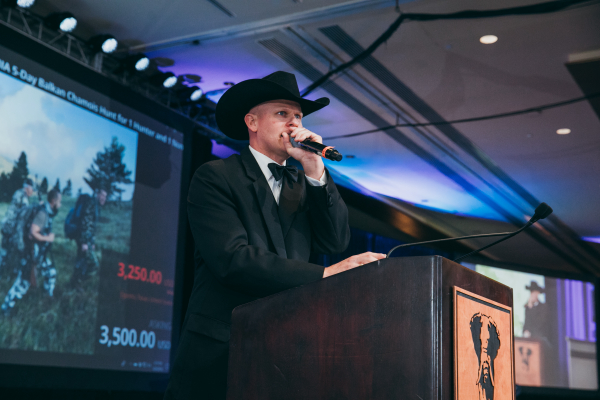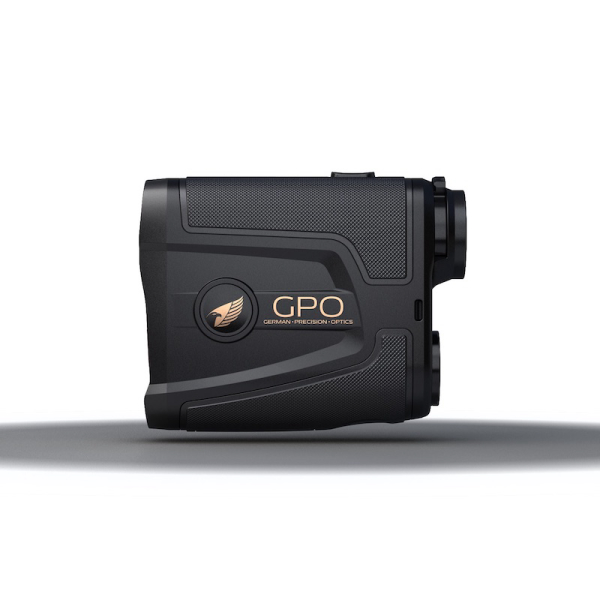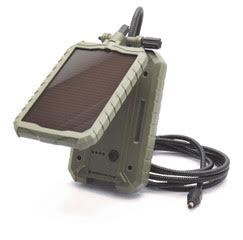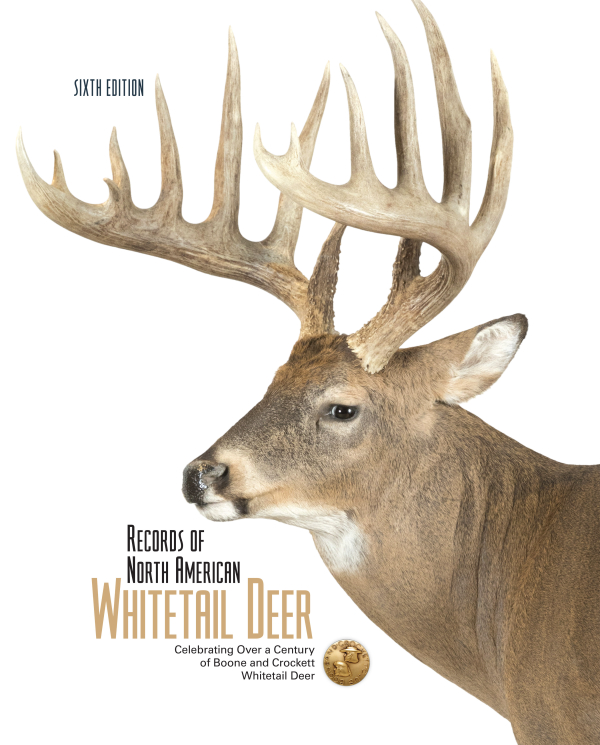Houston Safari Club Foundation Live Virtual Online Auction


Houston, TX- The Houston Safari Club Foundation (HSCF) Live, Virtual Online Auction is this Saturday, February 27, 2021, beginning at 7:00pm CST!
Join HSCF for this exciting auction! Bid online from the comfort of your home! There are two different auctions to choose from! Sign up now to start bidding on hunting trips, fishing trips, firearms, jewelry, art, sports and music memorabilia, and more! Then, join our auctioneer live on Saturday, February 27, 2021 beginning at 7:00pm CST to be part of the live, virtual auction. The auction will feature a live stream to HSCF’s Facebook and YouTube and auction pages. Host a safe, socially distanced watch party! Contests and prizes, including hundreds of dollars in gift cards, will be featured throughout the evening. An online-only auction is also being offered.
Sign up today to preview the auction items and to begin your pre-bidding. Funds raised from this auction will be used to support HSCF’s mission and outreach efforts in education and conservation. Full instructions, including a video tutorial, may be found here: https://hscfdn.org/auction/. Join us for this fun event and help to protect the future of hunting! HSCF thanks all of its donors and sponsors, including Capital Farm Credit, Wildlife Partners and FORLOH. Read more








